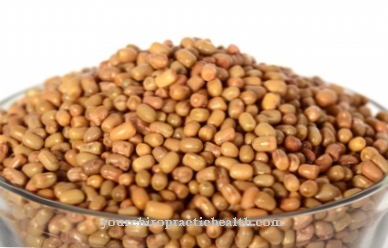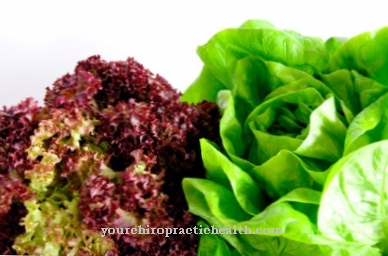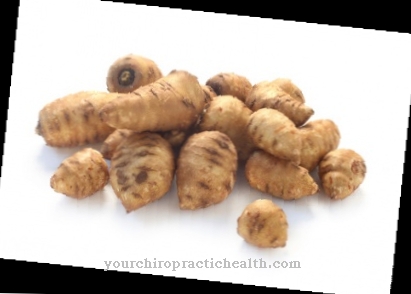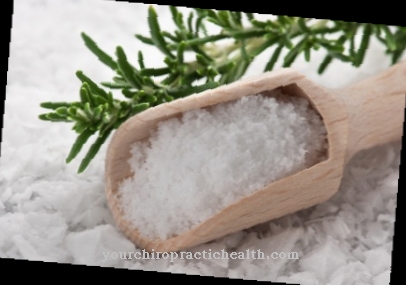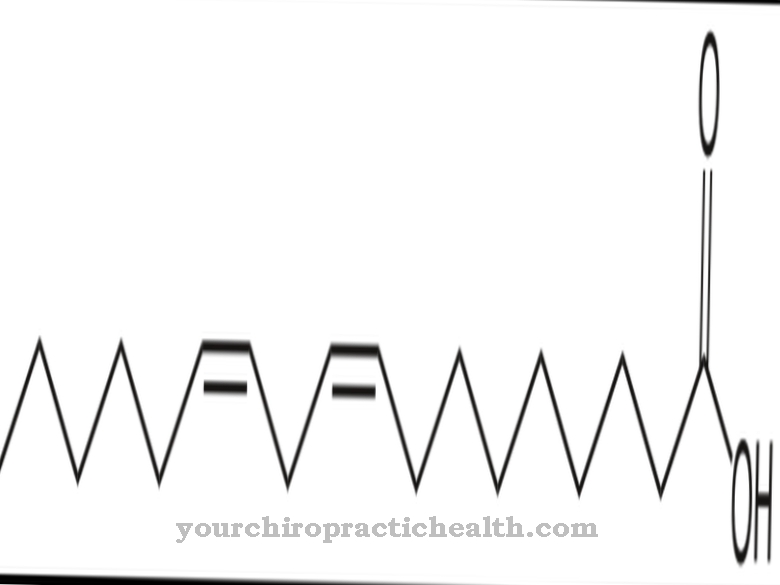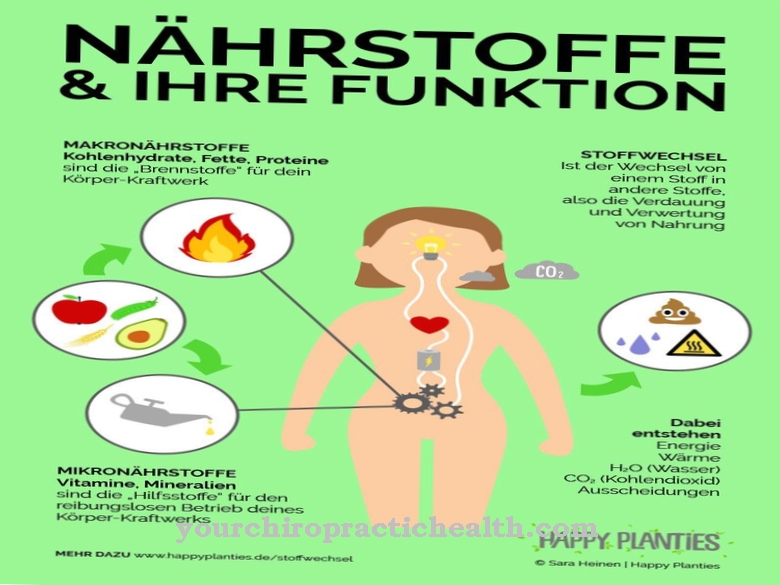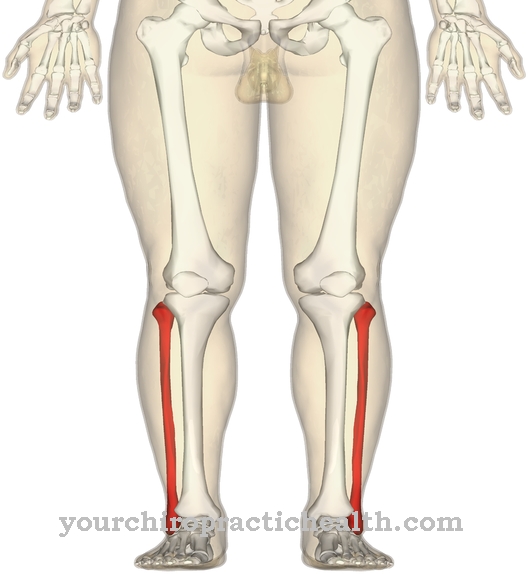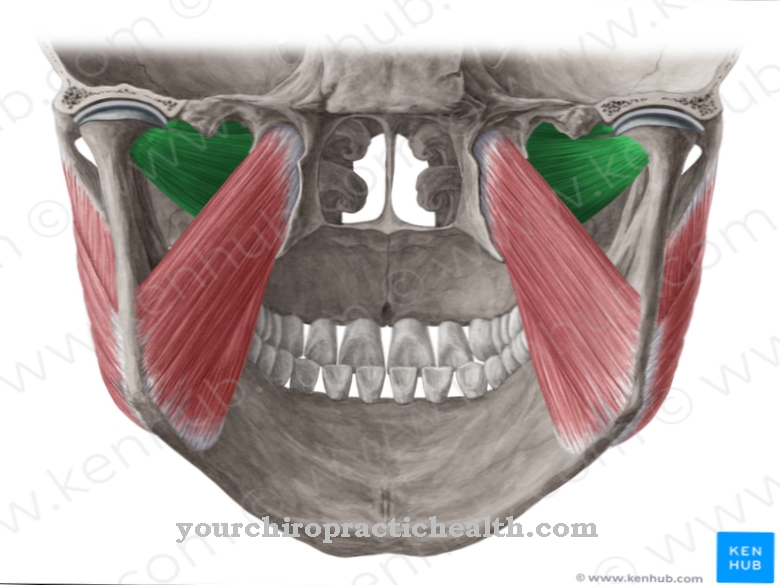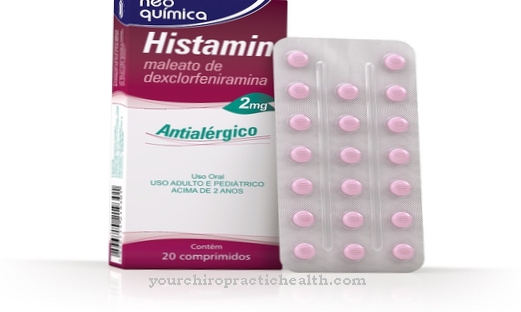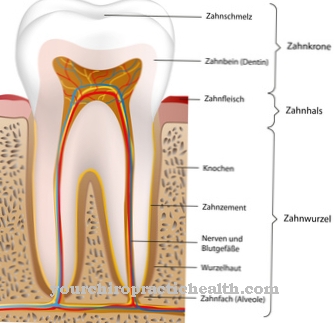Quark, an unripened cream cheese, is made from pasteurized or skimmed milk to which lactic acid bacteria and often rennet are added, causing the mass to curdle. A centrifuge then separates this cream cheese from the whey.
What you should know about quark

The use of curd cheese has been a tradition in Europe for several centuries. The white quark has a firm consistency. The higher the fat content of the quark, the creamier and milder it is.
During production, the pasteurized milk is acidified and thickened by lactic acid bacteria and rennet, whereby the liquid and solid components separate from each other. Then the whey is removed by centrifugation and the quark is then passed through a sieve. For the production of a cream quark, the lean quark is then refined with cream in order to adjust it to the desired fat content. The quark is stirred until it is creamy before it is finally filled into the packaging.
The most common fat levels are the lean level with less than 10 percent, the semi-fat level with 20 percent and the fat level with 40 percent fat in the dry matter. The higher the fat content, the milder the curd will taste. Due to the fact that it is made with lactic acid bacteria, the quark tastes slightly sour and has a mild taste of its own. Therefore, it is usually consumed sweetened or spiced. The easily digestible quark is very digestible and contains, for example, a lot of high-quality protein and calcium. The quark, which is also under the names Potting, Bulkheads or Soft cheese is known, is available in the refrigerated counter all year round.
Importance to health
The lactic acid content of curd is primarily beneficial for digestion. The quark is also a very good source of protein. The amino acids that are contained in milk protein can easily be built up into the body's own protein.
Quark is the ideal binding partner for essential fatty acids. In addition to the valuable protein, this food is also a good source of calcium. For this reason, the quark should be eaten regularly. Women prone to osteoporosis should consume it for breakfast, as the bone-strengthening mineral calcium is best absorbed in the morning. The milk fat also contains vitamin D, which also helps to build the mineral calcium into the bones. Quark is generally an insider tip for treating some diseases because it has a pain-relieving, decongestant and anti-inflammatory effect as a compress.
Depending on the symptoms, it is tempered or applied cold. The cold quark compress can help with various complaints, for example to lower a fever, sunburn, insect bites, joint inflammation or sprains. The cool quark dissipates heat in inflammatory processes, which also reduces the sensation of pain. For this purpose, a clean, thin cotton cloth is coated with plenty of cool quark, then the cloth is wrapped and closed. At body temperature, the quark supports coughs, bronchitis, sore throats or hoarseness. Children get minerals and high-quality protein from quark dishes.
Quark also refreshes the skin from the outside in the form of a face mask. Quark is often the best substitute for meat for people at risk of gout or suffering from it, as it is purine-free but provides high-quality protein. 150 grams of 10 percent quark already covers the daily protein requirement of adults. Due to the low energy and fat content, the lean quark is also ideal for people who want to lose weight or eat healthily with the quark.
Ingredients & nutritional values
Quark provides the body with essential nutrients for a healthy diet, for example a lot of biologically high quality protein, plenty of calcium and phosphate. Since the quark has a fairly high biological value, the body can make particularly good use of the protein it contains. Therefore, the milk product is also recommended as a sports nutrition.
Lean quark consists of important components. These help build muscle mass. The zinc it contains is also worth mentioning. This trace element is an essential substance that must be ingested through food, as the body cannot produce it itself. Zinc is involved in many metabolic processes and strengthens the immune system. In terms of vitamins, the quark contains vitamins A, B1, B2, B12 and D as well as niacin, folic acid and biotin.
Intolerances & allergies
Quark mostly contains lactose because it is made from milk. This can be problematic for people who suffer from lactose intolerance, i.e. milk sugar intolerance.
Casein can also act as an allergen and cause very violent, sometimes life-threatening reactions in those affected. If you have an allergy to cow's milk or an intolerance to animal protein, you should also be careful. The quark can cause digestive problems in sensitive people as the protein it contains is very difficult to digest.
Shopping & kitchen tips
Quark can be stored in the original packaging in the refrigerator until the best before date. On the other hand, if the pack is open, it should be used within the next three to four days.
Quark can also be frozen for up to three months. Before using it, it should be thawed in the refrigerator and then stirred well again. The saucepan or the microwave are taboo for defrosting.
Preparation tips
Quark is a healthy and versatile cream cheese product. It is used not only for cold, but also for warm dishes. The cream cheese is an absolute all-rounder. A tasty dip is created with herbs and spices, and a sweet dessert with fruits.
The quark is also the main ingredient of the popular cheesecake or a delicious cream cheese cake. Quark is also very popular to make a quark dough, as it has a light consistency. The well-known quark balls are also very popular. Of course, the quark is also a perfect and extremely popular companion to potatoes. Quark with linseed oil and also herbs is a traditional dish. For this it is mixed with milk. The quark together with chives on bread is also a pure pleasure.
As a spread, it can also replace butter. The quark bread can be seasoned with herbs and radishes or cucumber. Quark also plays an important role in Swiss cuisine. Regardless of whether it's classics such as Zigerchrapfen and cheese flan or recipes from other regional cuisines such as the popular quark dumplings, the quark can definitely be used to prepare tasty and healthy dishes, cakes and desserts. The full-fat quark is of course very high in calories. A good tip for making dishes a little lower in calories is to use half the cream quark and half the low fat quark.


